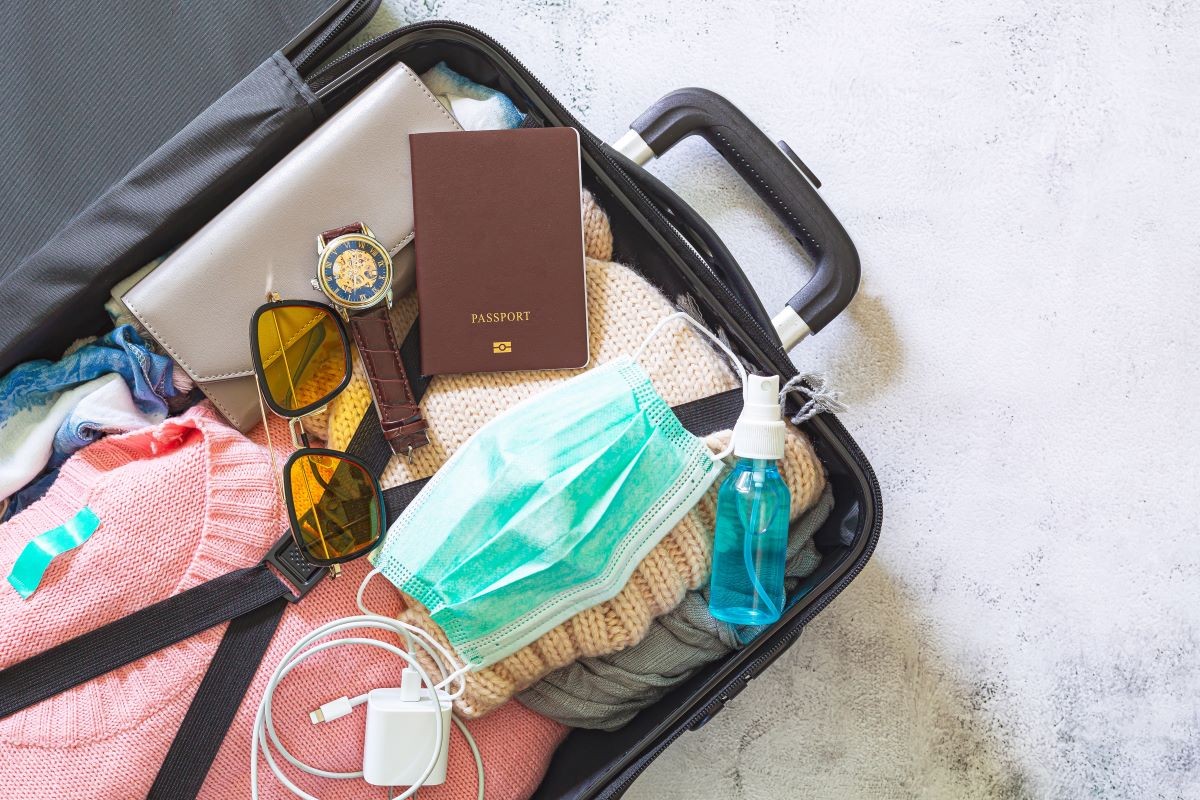
Snowy landscapes, winter sports, stunning illuminations... Japan's winter offers a unique experience. But what should you bring to ensure a comfortable trip? Since Japan stretches from north to south, the climate can vary greatly depending on the region, even in the same season. When traveling across multiple areas, it's essential to account for the temperature differences between regions. Additionally, keep in mind the temperature variations between indoor and outdoor spaces and the fluctuations across different months. Here’s a list of must-have items for your winter trip to Japan, so you can enjoy the season comfortably!
*Some of the products or services mentioned in this article may provide a small commission to FUN! JAPAN if purchased or booked.
What is Japan’s average temperature between December and February?

In Japan, winter typically lasts from December to February. However, because Japan stretches from Hokkaido in the north to Okinawa in the south, the average temperature varies significantly by region. For instance, in December, Sapporo in Hokkaido averages -0.9°C, while Naha in Okinawa is a much warmer 19.0°C, and Tokyo sits at 7.7°C. The temperature difference is so striking that it feels like you're experiencing different seasons! The same goes for precipitation. Regions like Hokkaido, Tohoku, and the Hokuriku area are known for heavy snowfall, while places like Tokyo see little to no snow. Therefore, if you’re planning to visit multiple regions, it's highly recommended to check the local climate beforehand and pack accordingly.
| Tokyo | Tokyo | Tokyo | Sapporo | Sapporo | Sapporo | Naha | Naha | Naha | |
| Average Temperature | Average High Temperature | Average Low Temperature | Average Temperature | Average High Temperature | Average Low Temperature | Average Temperature | Average High Temperature | Average Low Temperature | |
| December | 7.7℃ | 12.0℃ | 3.8℃ | -0.9℃ | 2.0℃ | -4.0℃ | 19.0℃ | 21.5℃ | 16.8℃ |
| January | 5.4℃ | 9.8℃ | 1.2℃ | -3.2℃ | -0.4℃ | -6.4℃ | 17.3℃ | 19.8℃ | 14.9℃ |
| February | 6.1℃ | 10.9℃ | 2.1℃ | -2.7℃ | 0.4℃ | -6.2℃ | 17.5℃ | 20.2℃ | 15.1℃ |
10 Essential Items for Winter Travel in Japan
Thick Outerwear

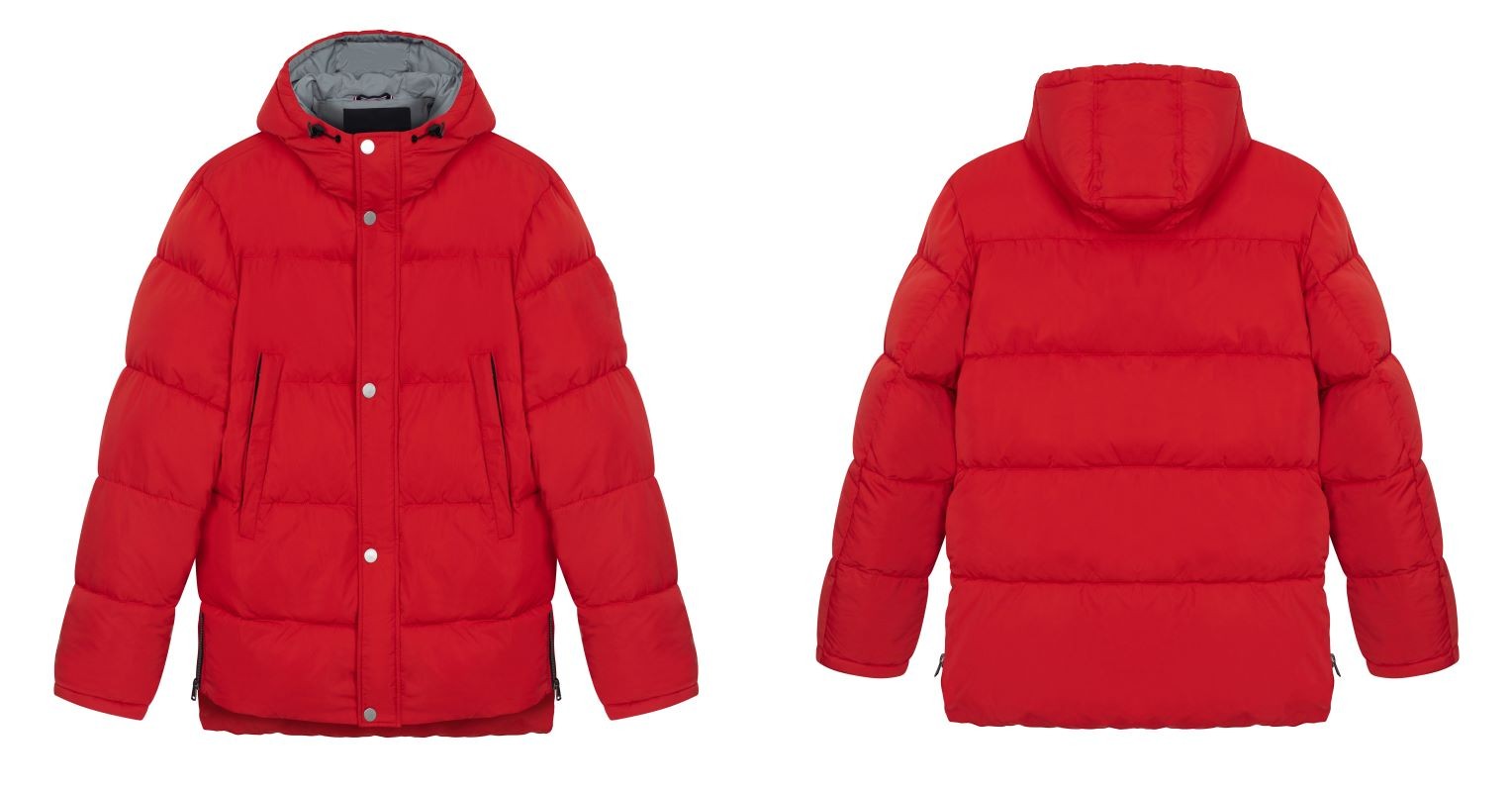
With temperature variations between regions and differences between indoor and outdoor temperatures, layering is a must for winter travel in Japan. For example, in December, you may find that a thick outer layer is enough over a long-sleeve shirt or sweater in places like Tokyo, Kansai, or Kyushu. However, in January, when the cold becomes more intense, it’s better to pair a heavy coat with a middle layer like a cardigan or jacket. In colder regions such as Hokkaido, Tohoku, or Hokuriku, it’s advisable to wear warm middle layers such as fleece or inner down. A heavy coat with a warm lining is essential, and if it’s waterproof and hooded, it will keep you comfortable on snowy days, whether walking around the city or enjoying snow activities.
Layered Thermal Innerwear
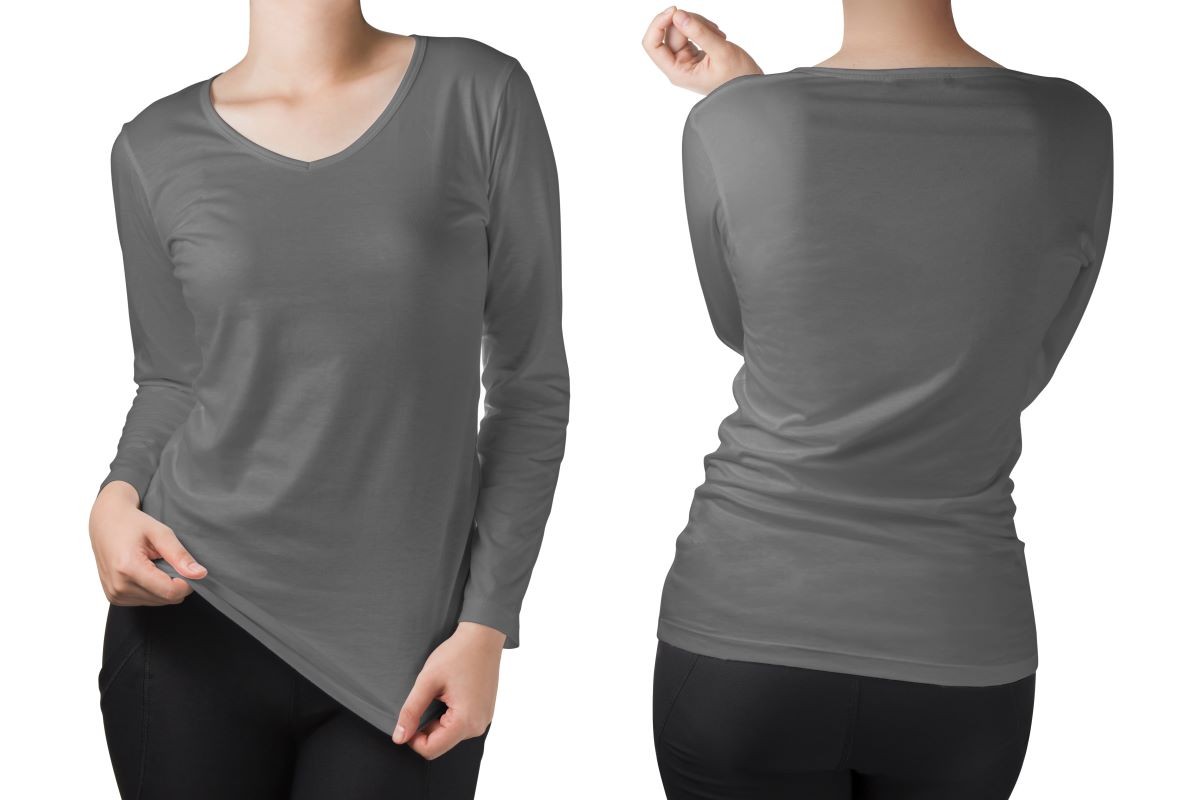
Though you may want to pack light, winter clothing tends to take up space. Thermal innerwear can help solve this issue by providing warmth without bulk. Whether thin or thick, thermal innerwear allows you to layer a long-sleeve shirt or sweater on top, making it easier to adapt to temperature differences between indoor and outdoor environments. For outdoor activities like hiking or winter sports, opt for innerwear with thermal and moisture-wicking properties, helping prevent the chill from sweat. Be mindful, though, as some heat-retaining fabrics may trap moisture and make you feel damp, so choose wisely when purchasing.
Layered Leggings
If you’re worried about cold legs, wearing leggings under your pants can offer better temperature control than simply wearing thicker insulated pants. While leggings come in various thicknesses, thin ones made of heat-retaining materials are ideal if you want to avoid a bulky look. However, for places with both cold outdoor areas and warm indoor environments, it’s best to avoid heat-retaining leggings. For hiking or winter sports, breathable, moisture-wicking leggings will keep you comfortable and prevent the chill caused by sweat.
Hats, Scarves, Shawls, and Ear Warmers
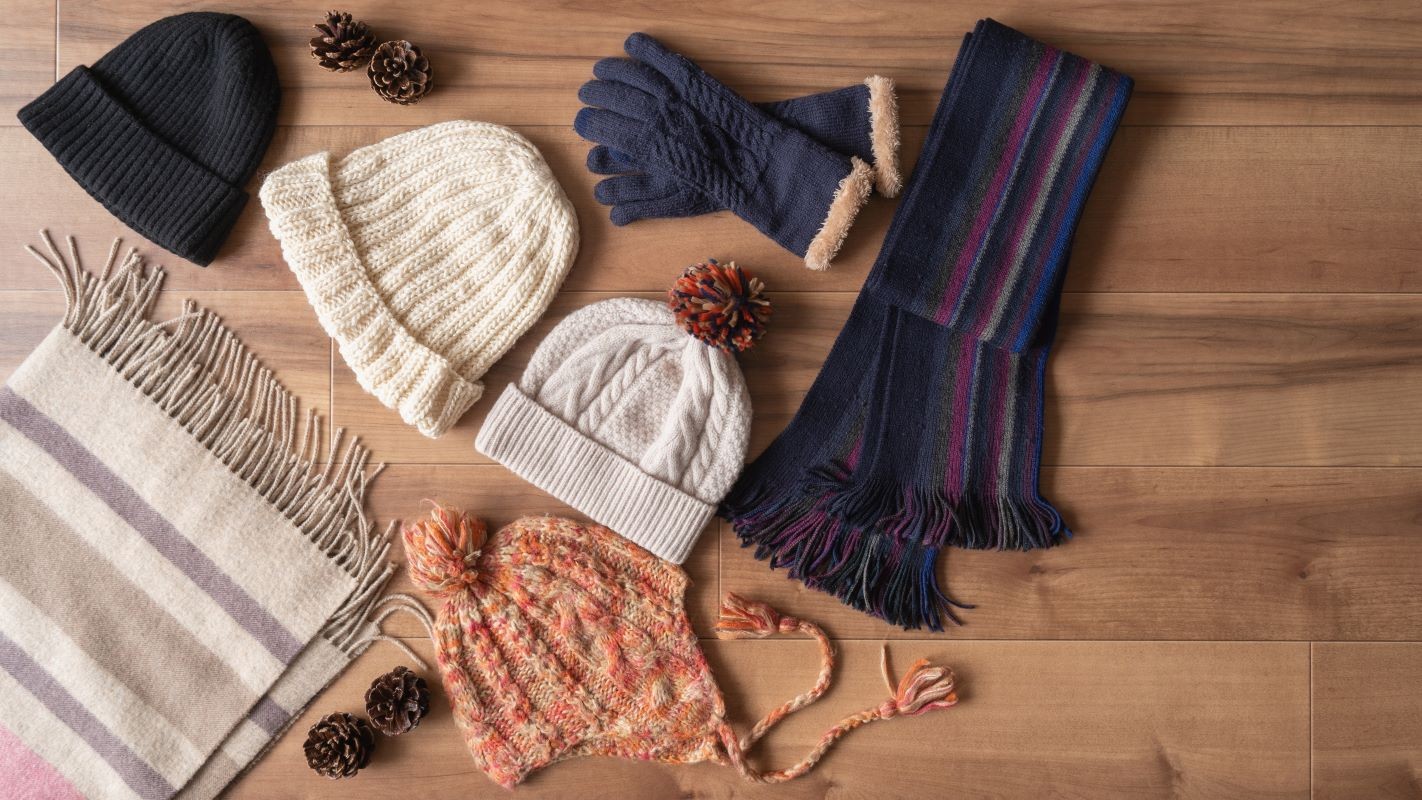
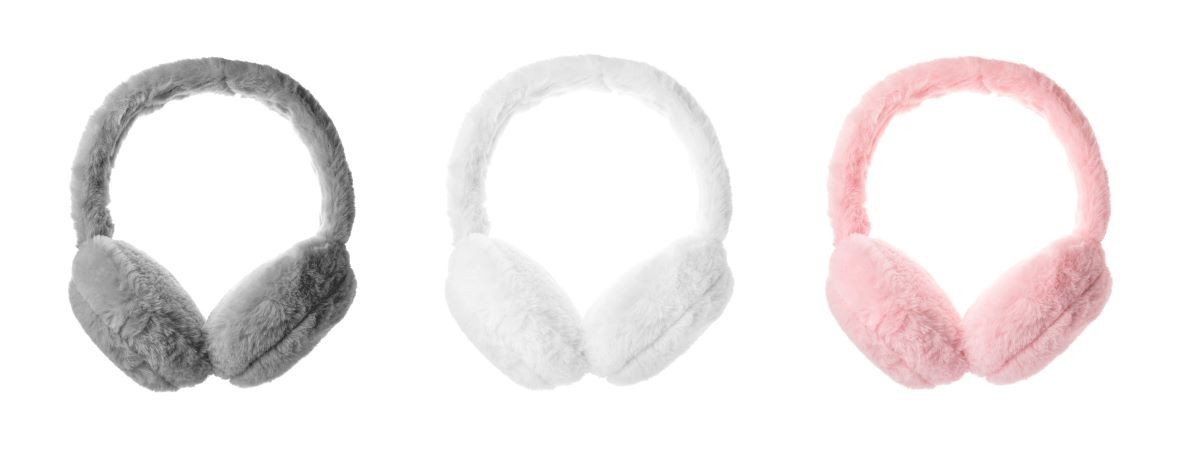
During the colder months, accessories like hats, scarves, and ear warmers help you adjust to temperature changes between indoor and outdoor environments. Combining different cold-weather accessories allows you to adapt flexibly to these changes. However, you don’t need to wear all of them at once. For example, a knit hat or beanie that covers your ears might eliminate the need for ear warmers. Be mindful, though, as wearing a hat too low could mess up your hairstyle. If you're concerned about this, try wearing a loose-fitting hat lightly, along with a scarf and ear warmers. A large shawl can cover your head, neck, and ears all in one, making it a versatile choice. Coordinating items with your outfits is key to staying stylish while staying warm.
Gloves (Waterproof for Snow)
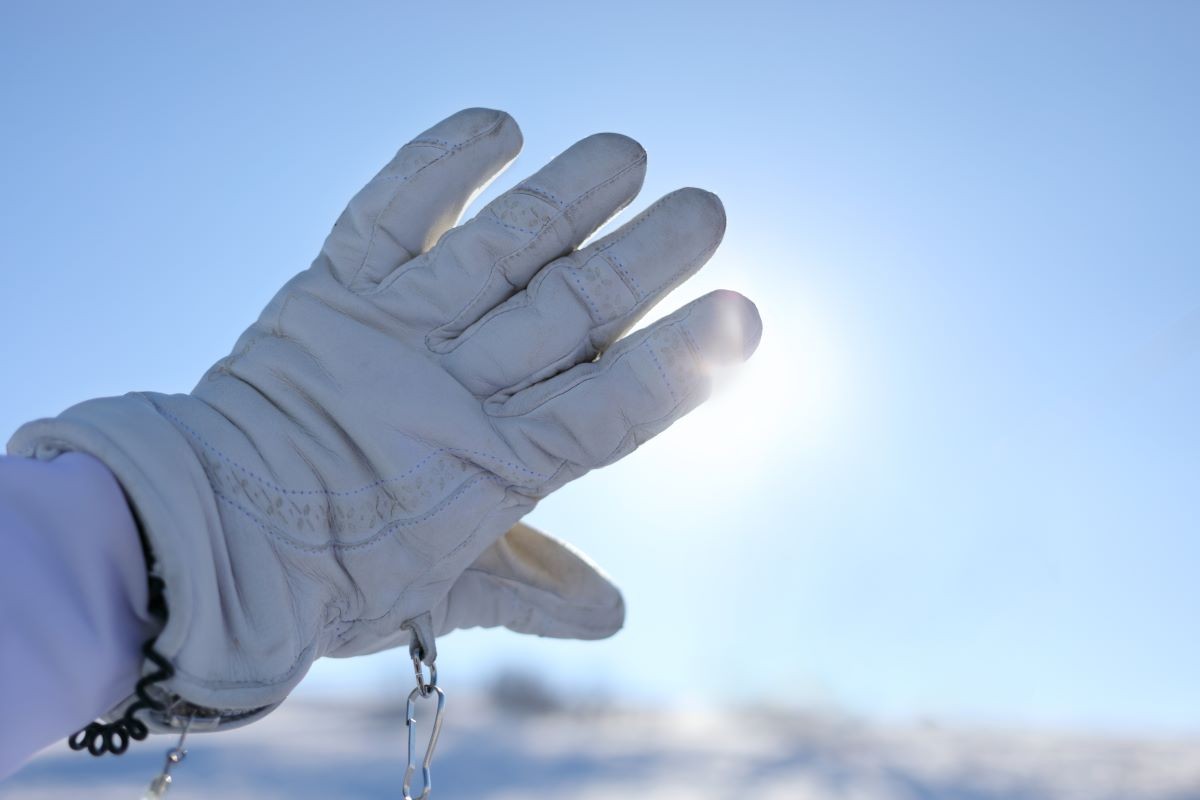
Japan's winter is not only cold but also dry, making gloves essential for keeping your hands warm. If you don’t wear gloves, your hands might develop frostbite or painful cracks, which could ruin your trip. Be sure to bring gloves suited to the region you’re visiting. If you're planning to see snow or engage in snow activities, waterproof gloves are a must to prevent your hands from getting wet. For extra convenience, choose touchscreen-compatible gloves, so you can use your phone without exposing your hands to the cold. Protecting your fingers will make for a much more enjoyable travel experience.
Thick Socks and Thermal Socks
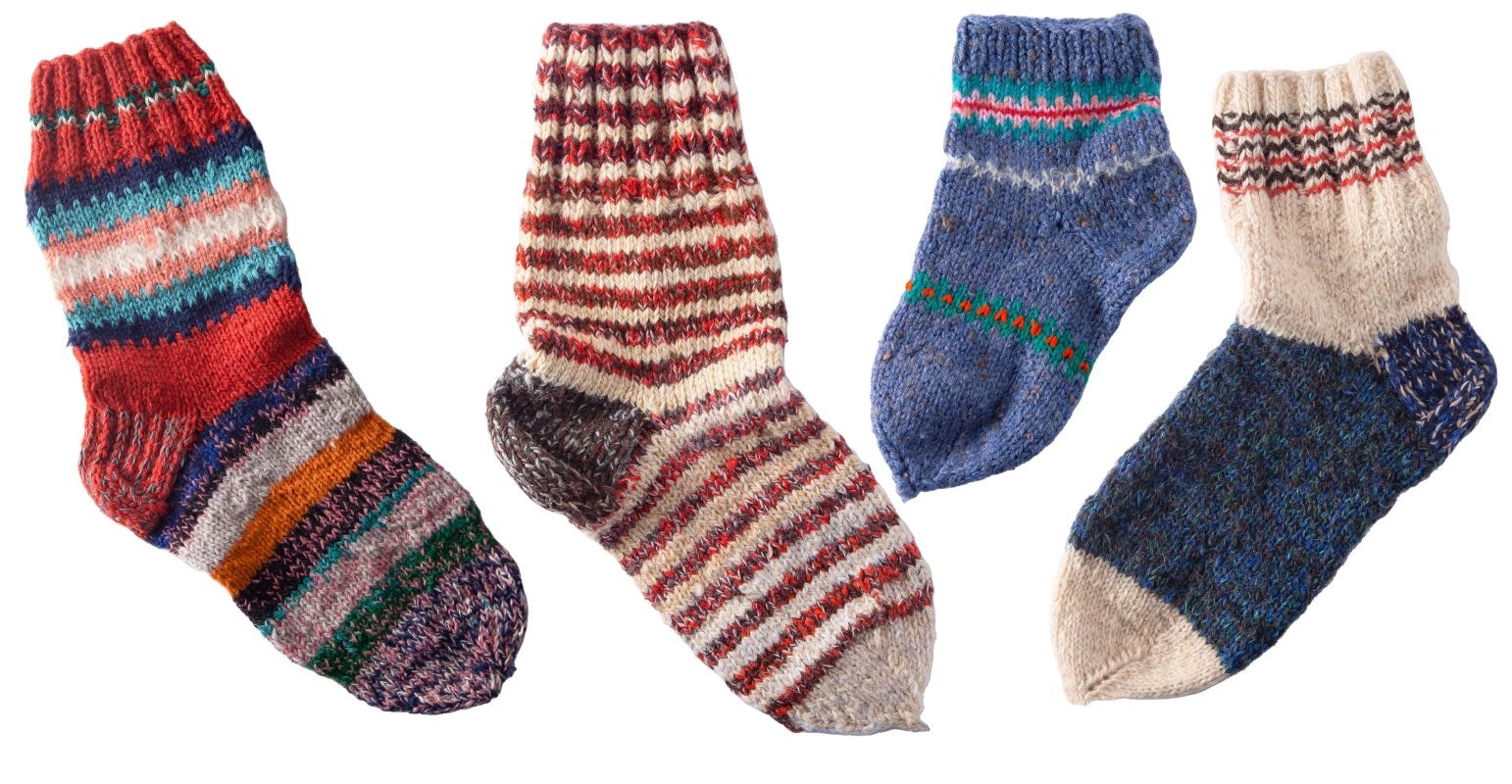
Cold feet can lead to poor circulation, so wearing warm socks is crucial. Thick socks help prevent cold air from directly contacting your skin and provide cushioning for long days of sightseeing, reducing foot fatigue. However, thick socks can sometimes make your shoes feel tight. In such cases, thermal socks can keep your feet warm without the bulk. As there are sweat glands on the soles of your feet, it’s important to choose socks that not only offer thickness and warmth but also dry quickly. Depending on the weather and whether your activities are mostly outdoors or indoors, packing several pairs suited to different conditions will ensure your feet stay comfortable.
Snow Boots and Ice Grips
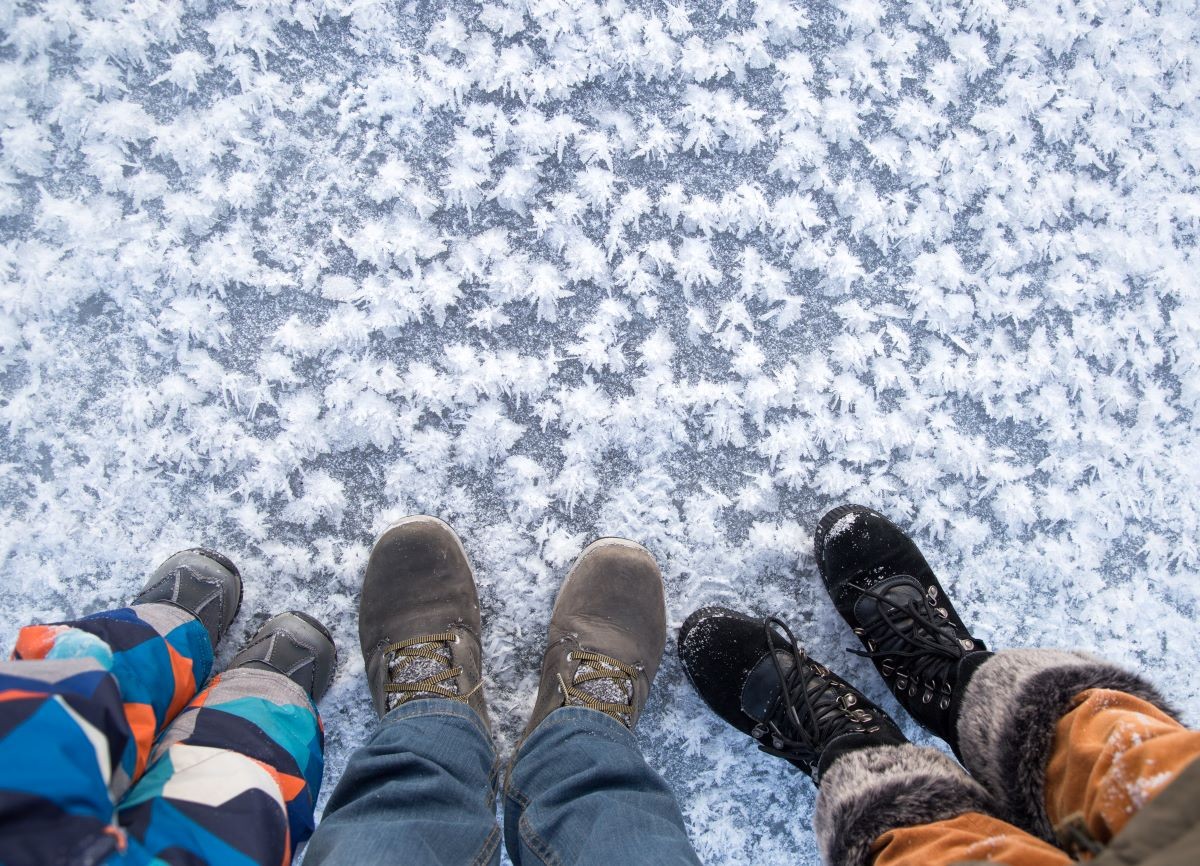
If you’re traveling to areas with snow or icy roads, proper footwear is essential. Walking through snow without proper shoes not only makes you cold but also allows snow to get into your shoes, worsening the situation. To avoid this, waterproof snow boots are recommended. When choosing snow boots, consider your destination. In areas with heavy snowfall, boots that are both warm and easy to walk in on snow are ideal. In places where snow has melted and roads are icy, opt for boots with strong grip. If you're only dealing with icy roads, you can attach "ice grips" to your regular shoes to prevent slipping.
Disposable Hand Warmers

Even if you’re well-prepared with warm clothing and accessories, there may still be times when you can't fully shield yourself from the cold, or you might feel too bundled up. That’s when disposable hand warmers come in handy. You can stick them inside your gloves to warm your hands, or place them between layers of outerwear in particularly cold regions. There are also foot warmers specifically designed to keep your toes cozy. Having a variety of warmers on hand allows you to adjust to sudden temperature drops or changes in weather. However, be cautious when using them—sticking them directly onto your skin or over thin layers of clothing can lead to low-temperature burns.
Insulated Water Bottles

There’s nothing quite like enjoying a warm drink when you’re out in the cold. While it’s true that warm beverages are readily available almost anywhere in Japan, there may be times when you can’t find one quickly. That’s where an insulated water bottle comes in handy. Fill it with your favorite hot beverage or plain hot water, and you’ll always have a comforting drink available without the need to search for a shop. Even if you don’t feel like bringing your own drink, you can always buy something warm during your outing and store it in the bottle to enjoy later while it’s still hot.
Moisturizers and Lip Balm

The dry winter air in Japan can take a toll on your skin, making moisturizers and lip balm essential items. Though Japan offers a wide range of high-quality skincare products, if shopping for cosmetics isn’t on your itinerary, hunting for the right one can be time-consuming. To save time and avoid dry skin, it's a good idea to pack your favorite moisturizers and lip balm before your trip.
SIM Cards for Your Winter Japan Trip
Staying informed about the weather and local conditions is important for any trip, but especially in winter, when sudden rain or snow can catch you off guard. To ensure constant access to the internet, it's wise to have a local SIM card. Relying solely on Wi-Fi hotspots might leave you stranded if you can’t find one when you need it. By having a SIM card that works in Japan, you can access the internet anytime, even when there’s no Wi-Fi around. A SIM card can be a lifesaver when unexpected weather strikes.
[kkday]👉【35% OFF】Japan eSIM: 1–30 Days High-speed Unlimited/Fixed Data
NAVITIME eSIM👉 Enjoy a more convenient trip to Japan with NAVITIME eSIM!
Check Your Winter Travel Wardrobe!
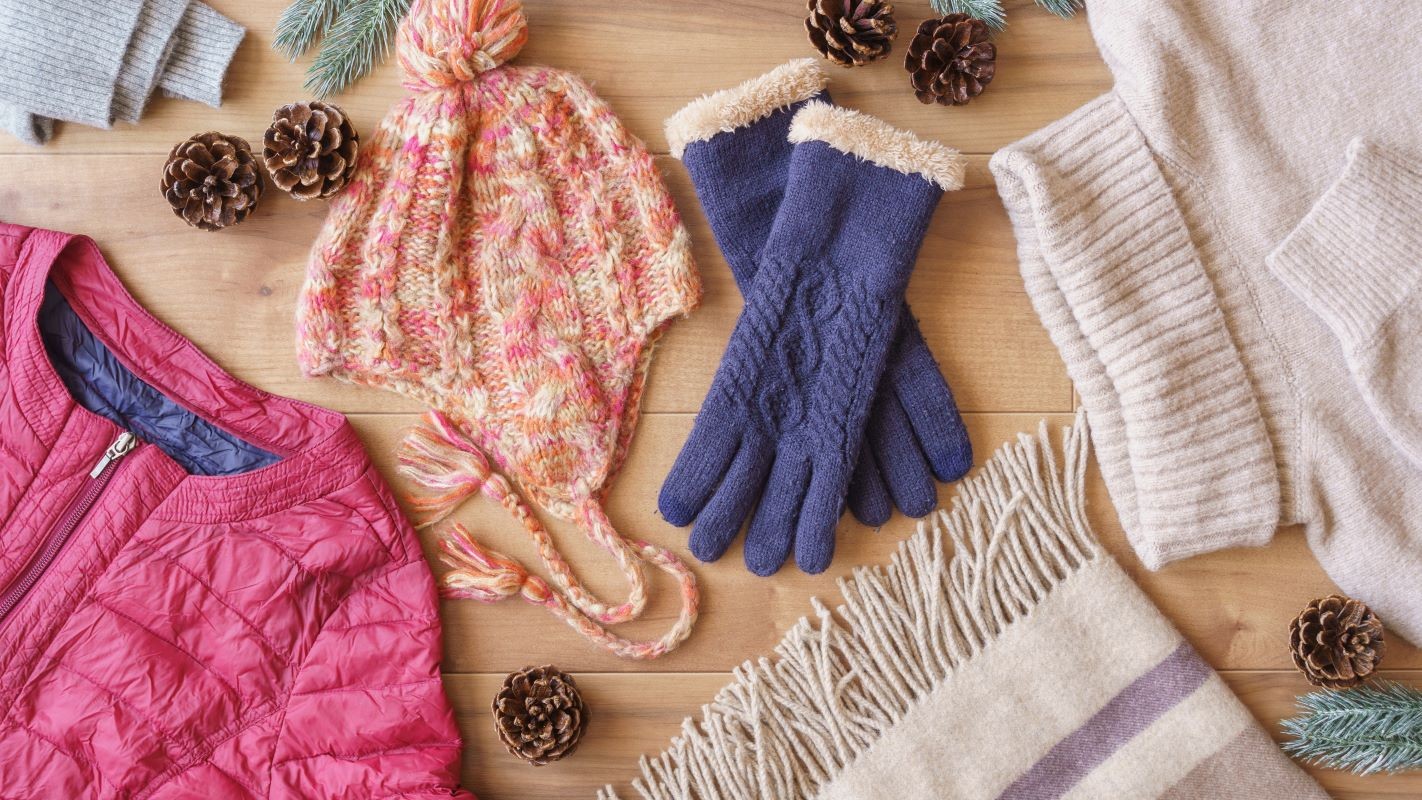
Japanese winters can present a wide range of climates, from freezing outdoor temperatures to cozy indoor environments, as well as snowy regions with ski resorts and milder areas. To tackle these varying conditions, layering is key. Thin to medium-weight tops paired with a heavy outer layer allow for flexibility in adjusting to temperature changes. Don’t forget the importance of accessories like hats and scarves, as well as selecting the right footwear and socks. By preparing your wardrobe carefully, you’ll be able to fully enjoy your winter trip to Japan in comfort and style.

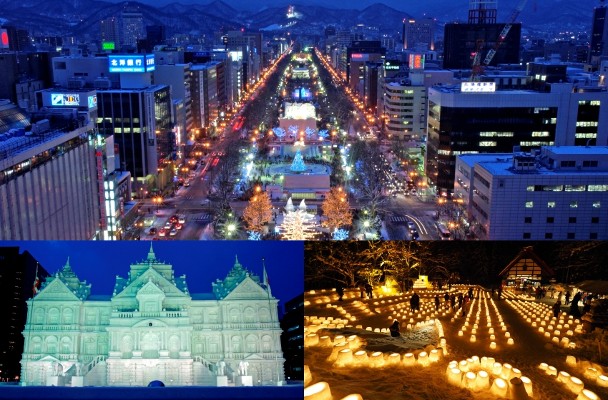


Comments